I was saddened to read about the tragic accident of the Mexican training ship crashing into the Brooklyn Bridge. Having worked on a tugboat, owning a single screw trawler and having written the history of McAllister Towing, I believe the tragic accident of the Cuauhtemoc, was due to failure of its variable pitch propeller going astern and what’s called “prop walk.”
Here’s a video I once shot of Captain Brian A. McAllister, now deceased, as he explained prop walk to me some time ago. I had just bought my single screw trawler “Po Tolo” and was trying to master backing her into a dock. Her stern kept veering away from the dock when I backed, due to prop walk. Brian explained prop walk to me at McAllister’s New York City headquarters, located at the Battery. He was a dear friend.
Captain Brian A. McAllister, now deceased and former CEO of McAllister Towing, explains in this video how “prop walk” works with a single screw vessel.
Over the course of many years I was commissioned by the tugboat family to research and write the book, McAllister Towing; a Family History That’s another story but you can hear part of that saga on the podcast interview Passagemaker Magazine made with me, “The Life Aquatic with Stephenie Hollyman”.
This week, a McAllister tugboat was assisting the Cuauhtemoc as she departed from her dock in the East River, navigating in very tight quarters. With a single screw vessel such as the Cuauhtemoc, or one like mine, prop walk is when a vessel is going backward and the stern swings to one side depending on the turn of the propeller. This only happens with vessels having one propeller, not equipped with flanking rudders, Kort Nozzles or bow thrusters. The rudder on a single screw boat or ship has very little power going astern ( backward) whether or not the engine is running. You see a lot of backwash that plays against the rudder. Her stern swings sideways.
I think that's why the Captain or docking master accelerated, to counteract the effect of prop walk, straighten the rudder out. If the accident was due to failure of the variable pitch propeller system, I believe prop walk would have been exacerbated as the vessel moved backward too forcefully and the stern veered towards the bridge. ( but I'm no engineer)
It's very hard for a docking master to evaluate prop walk on a vessel he has never steered before. Immediately upon boarding, he takes command of the vessel from its Master and has no idea how she handles. If the propeller had failed on this magnificent tall ship, the docking master would have lost control of the vessel through no fault of his own. In this case, the McAllister assist tug had too little time to reach the starboard bow of the training ship to set her on course. Tragic.
Click here to view photos I took of Capt. Jeffrey McAllister, a New York Docking Master and pilot. To take these pix I had to follow Jeffrey up the sides of moving ships, clambering up a Jacob’s ladder from a tug moving alongside. I was much younger!
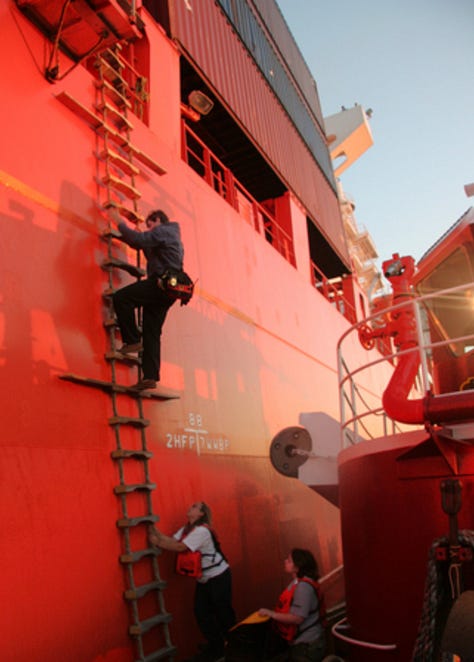
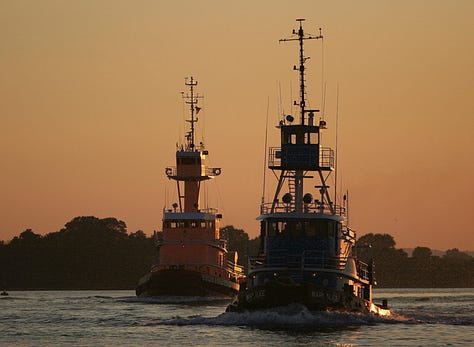
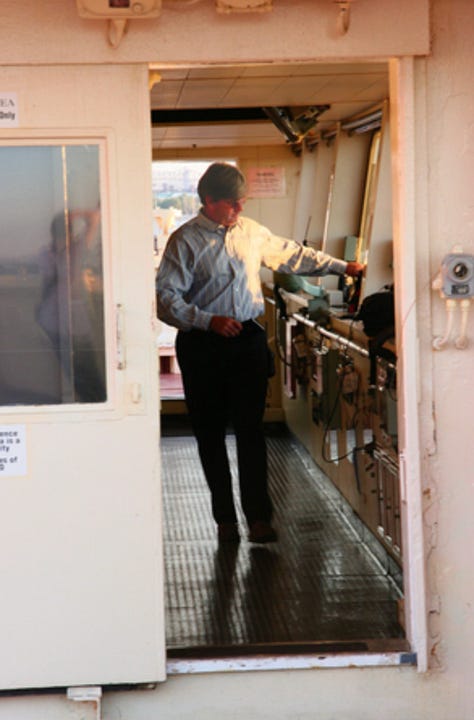
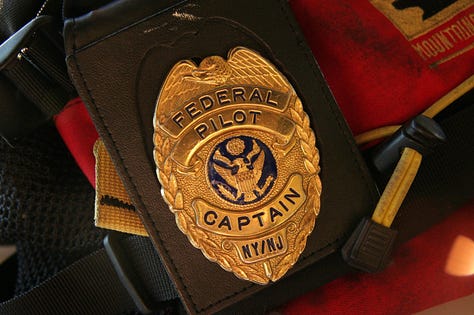
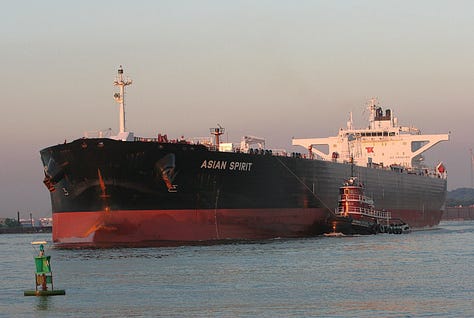
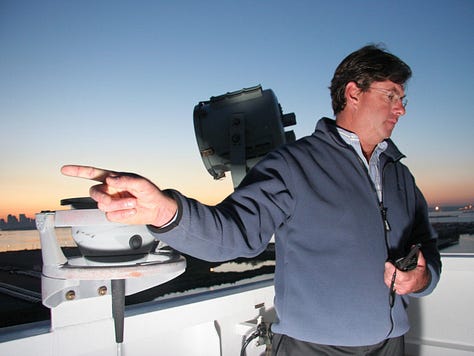
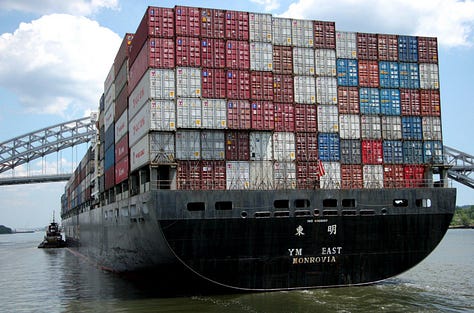
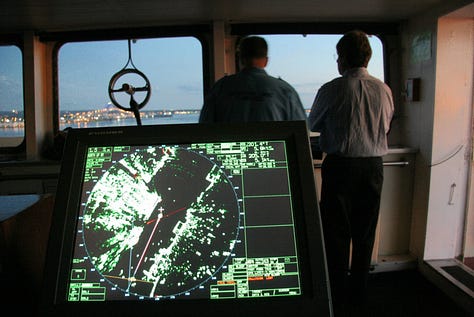
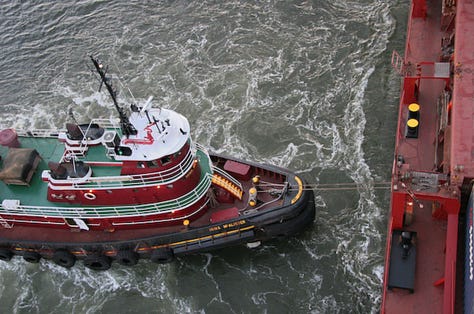
‘The Mexican navy tall ship that struck the Brooklyn Bridge had departed less than 5 minutes before its masts crashed into the historic span, according to a timeline laid out by investigators Monday.
Less than a minute before the Cuauhtemoc training vessel sped backward into the bridge on Saturday, a radio call went out asking for help from any additional tugboats in the area.
Brian Young, the National Transportation Safety Board’s chief investigator of the deadly crash, said the ship had reached 6 knots by the time it struck the bridge, which is roughly 6.9 mph (11.1 Kilometers per hour). The call asking for assistance from other nearby tugboats was made approximately 45 seconds before the crash.”






Vigil of the Ascension--28 May 2025 A. D.
Thank you for explaining prop walk. Yet another interesting consideration in the fatal crash. It is becoming more evident that the Controllable Pitch Propeller failed on the Cuauhtemoc. See What's Happening With Shipping (Sal Mercogliano) today for a new video update on this issue. You raise an interesting point about any tug pilot's basic unfamiliarity with quirks of a new ship especially how such a vessel as a Tall Ship will handle going astern. Why not, then, have two tugs along either side of her for safety's sake in an overabundance of caution, especially as the decision was made to go out against the tide.... Seems like it would have been a small expense in view of the catastrophe that ensued.
Thanks also for putting a face on the McAllister Tug Co. May Cpt. Brian A. McAllister rest in peace.